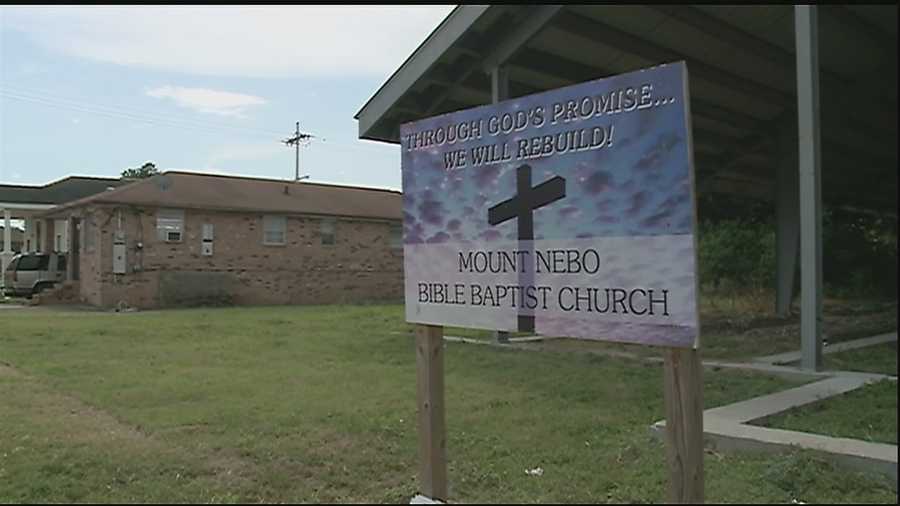Ninth Ward pastor shares story of recovery, inspiration 10 years after Hurricane Katrina
From devastation to restoration, the churches in New Orleans continue to rebound from the destruction Hurricane Katrina left.
Psalms 1 is the first scripture the Rev. Charles Duplessis thinks about when reflecting on Katrina. He said after evacuating with his family and about three dozen church members, his heart was heavy when looking at the devastation Katrina created.
He said he remembers a conversation he had with God.
"He said, 'Why are you crying?' I did not know where my congregation was. It was so overwhelming and God says, 'I got it,' and I have not cried since," Duplessis said.
After weeks of being in Alabama, Duplessis returned to the Lower Ninth Ward. The irony, not lost on anyone, is that his church on Flood Street had been heavily damaged but still standing.
Duplessis' home just blocks away was a different story.
"When we got to the corner, it took our breath away when we saw our home," he said. "It was gone. It was just gone. The house had been pushed off the foundation where the back deck was. The house was sitting on that."
The Duplessis family had just remodeled the home months prior to the storm. It was an experience that for some could push their faith to the limit. But for the Duplessis family, there is no limit to their faith.
"We love the Lord, and whatever assignment God gives us, we do it to the best of our ability," he said. "God has been good to us. We thank God daily for that."
After Katrina, the family rebuilt the home, only to learn they had installed Chinese drywall. They work had to be done again.
"It has been a struggle," he said.
The church had to be torn down, but there was no financial assistance for rebuilding.
"SBA loans, we tried that. Grants, we tried that. We got the runaround from FEMA for almost two years," he said.
But through the help of Christian volunteer groups and the Mennonite Community, they were able to live in their home, but with no place for church service, they only had one choice.
"We started having service here every Sunday," Duplessis said.
So his Ninth Ward home became a house of worship and it remains that way. The living room is turned into a sanctuary on Sundays with folding chairs assembled in rows, and the Gospel is preached from a lectern that acts as a pulpit.
His wife is the music director and worship leader at the church, where Sunday services stretch into afternoon fellowship. The congregation has about 50 members now, a fraction of what was there before Katrina.
"You have to minister to the people God has given you and not be overly concerned about who is not there," he said.
A shell of a building is up where his church used to stand. There is no clear timetable on when work there will be complete, a process that is being done by volunteers.
Duplessis said he knows the church will open in due time, but for now, he said he is content doing God's work where his own home stands.
"Our objective is to help our community become better than it was prior to Katrina," he said.
New Orleans is home to one of the largest concentrations of Catholics in the U.S. It's also home to the most black Catholics.
After Katrina, the Archdiocese of New Orleans faced more than $104 million in unrecovered property losses. Before Katrina, the Archdiocese boasted 142 parishes, and the number is down to 111.
The total Catholic population in 2005 was a little more than 488,000. In 2015, there are now 506,000 estimated Catholics.


